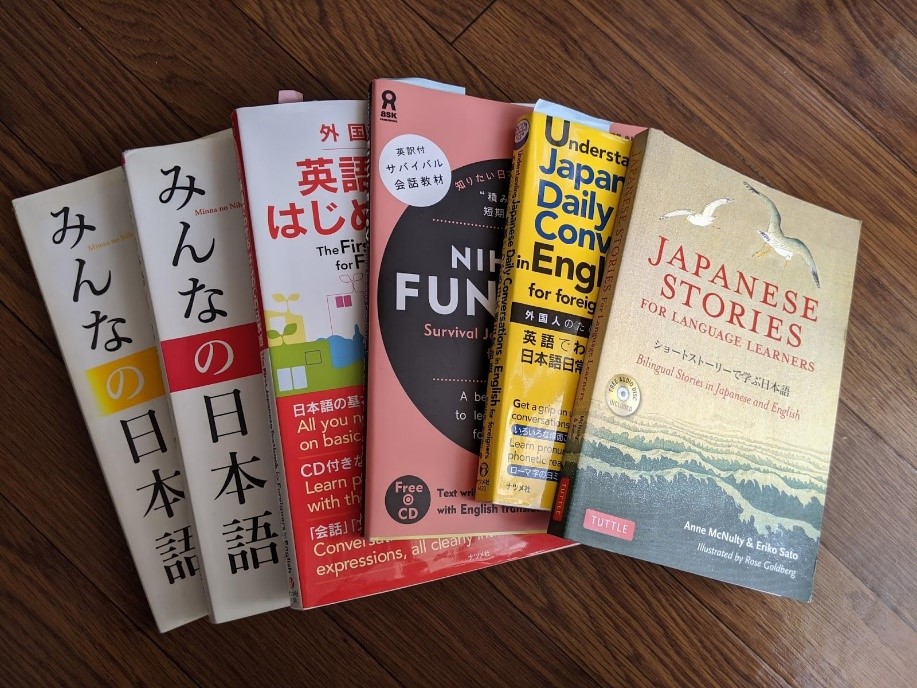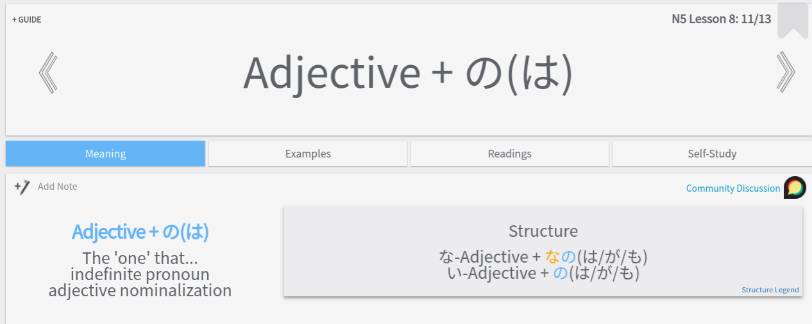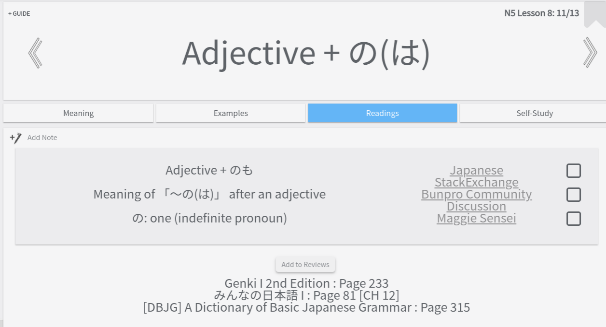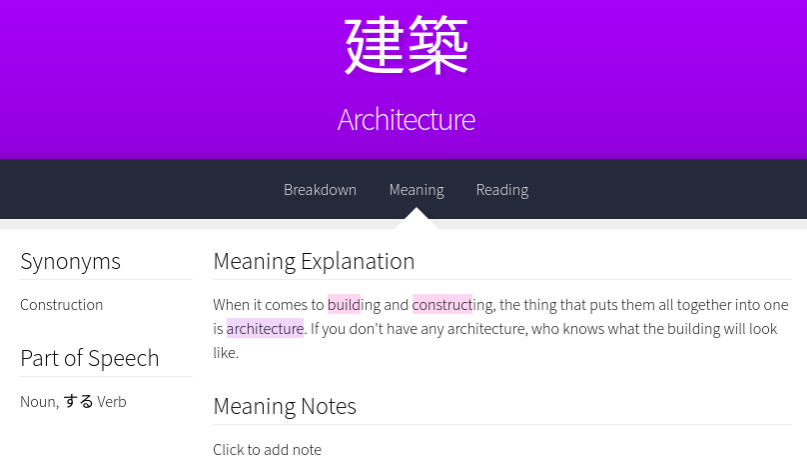Learn Japanese in 5 Steps!

CONTENTS
Top photo: StockSnap on Pixabay
Okay, I might have oversimplified in the title. Sure, I’ve broken it down into 5 steps, but I never said the steps were going to be easy! Still, if you’re here, you probably want to learn Japanese. Why? Does your family or a loved one speak it? Do you want to move to or visit Japan? Are you fascinated by the culture? Are you just simply tired of gaijin-smashing your way through life in Japan? Whatever your “why,” learning any language is no simple task, and I apologize if I misled you. This will take time, effort, and occasional instances of trial-and-error.
With that said, here are my 5 steps (of varying ease) to help set you on the path towards becoming a more natural speaker of Nihongo!
Step 1: Find Your “Why?”
If you read the first paragraph, you’ve already started this journey. The first step in learning any language is knowing why. Why is that so important? Because learning a language is a lot of work and if you want to see this through to the end, you will need a lot of motivation to get you through the pits of despair. It can sometimes feel like a hopeless task, but if you remember your goal, you are more likely to keep moving.
Step 2: Pick Your Learning Material

A small sample of my personal collection of textbooks and study aides.
Now that you have the motivation, you need the means. You need to find your primary sources of learning. There are so many resources to choose from. You can go the traditional route and buy a textbook. They are well-organized and usually simple to follow. They might even come with exercises and evaluation systems.
If you’re a little pickier about what you want to learn, or already know your path, there are also plenty of blogs and websites that will teach you the materials. They often focus on one particular aspect of language at a time, and I find some sources do certain things better than others. For grammar, I love Bunpro because it can be organized to follow your textbook, the JLPT system or just study at random. The grammar explanations are pretty basic, but they offer links to several sites that provide more in-depth explanations.

An example of suggested and related material from Bunpro.

An example of related material from Bunpro.
Learning hiragana and katakana are an absolute must for studying Japanese. You won’t find very many books (or language schools for that matter) that use only romaji. Luckily, there are lots of app games you can use to learn these. But learning kanji is a different story. It is one of the biggest obstacles to becoming literate in Japanese and is one of the scariest things for those of us that only know the Latin/Roman alphabet.
But if you can break down the kanji into their building blocks, you will see patterns. This is exactly what WaniKani does, and they’ll give you fun mnemonics to help learn the readings. They also give you vocabulary using the kanji you learn and example sentences. The one downfall of WaniKani is that they don’t give you much explanation of nuance, so I have used formal styles of words in casual settings and vice versa. I recommend using a dictionary too.

An example of vocabulary learning on WaniKani.
Step 3: Review & Review Often
Unless you have a photographic memory, chances are you will not remember it all just by reading. You need methods of reviewing and committing that information to memory. That’s why I like Bunpro and WaniKani. They both use Spaced Repetition System (SRS) to quiz you on the materials you learn. The more you answer it correctly, the less often you see it in your review queue.
However, there are far too many vocabulary systems that utilize SRS to pick one that stands out. Find your favorite and stick with it. Preferably, find one with an alarm that reminds you to do your reviews. I had to build my reviews into my daily schedule because I keep forgetting to do them otherwise.
Step 4: Practice Conversation

Sample notes from a conversation class
Studying at home is great when you’re learning something new and mastering the basics, but it is practically worthless compared to what you get from speaking. Speaking is the high-stakes all-or-nothing application of everything you learn. But if you’re self-studying, it is the hardest thing to do. Fear not! There are solutions!
Thanks to the internet, we have language-exchange options. There are so many different apps that offer different things, but most will connect you with people who speak the language you are learning and are learning the language you speak. You chat with these people (via messages, video, voice, or even in person), usually in a 50/50 split, so that you both pay and are paid for the time by speaking practice. Pretty nice.
If you want someone a little more trained in language instruction, or want 100% Japanese, you can always attend classes. You can pay for classes via personal tutor, organization or online. The options are much more plentiful for those already living in Japan, but especially in the age of Covid, you can find many Japanese conversation classes online.
The cheapest option, and my personal favorite, are the community-run conversation classes, but they’re usually a Japan-only specialty. Often, your city office will provide information about international services, especially if you make it clear to them that you are not Japanese. Or a quick google search will reveal something. These classes are small and led by volunteers with a little training, so it is an easier and slower level than what you might find in the wild and more tailored to your needs.
What I really love about these classes is that because they are a community service, you can ask the teacher to help you with anything, as long as the other one or two students don’t mind. I bring questions about grammar and vocabulary, get writing corrections and more, which are all services that would otherwise cost a lot through an institution.
Skills like reading and writing should also be practiced, but I find that reading and writing kanji falls more into the review stage. These are solo tasks and get applied to the language you learn, thus, learning to compose your thoughts quickly in Japanese will help your communication skills in the written medium.
Step 5: Speak Japanese
Once you get more comfortable speaking in a classroom setting, you can start bringing your Japanese into the real world (although you don’t have to wait). Say no to the plastic bag at the register. Ask for help at a store. Compliment your Japanese friend’s new shoes. These simple interactions build a lot of confidence and the responses you get are real-world, not simplified-for-your-level-in-the-classroom Japanese.
It’ll help if you take notes about what you experience in these situations. They used a word you don’t know? Go look it up. See the kanji for a word you already know? Try to recognize it in other places too. Things I learn this way are always a lot easier to remember because they have experiences attached. The mind is a funny thing.
There is a secret sixth step too: repeat. Really, steps two through five are meant to be used with each and every bit of Japanese you learn. Study a new grammar point, kanji or vocabulary word, review it and then use it. That’s how you build up your ability.
This guide may sound a bit vague, and it is, but that’s because we all learn in different ways. I could tell you exactly how I study, but you aren’t going to follow the same study path as me. Find what works for you and set small goals. If you can look back and see the progress you’ve made, it’ll make the journey forward a lot more enjoyable.
がんばってください!
Resources suggested:
BunPro https://www.bunpro.jp/
TaeKim http://www.guidetojapanese.org/learn/
WaniKani https://www.wanikani.com/
Tokyo Area Free Japanese classes https://www.japanswitch.com/guide-to-free-japanese-lessons-in-tokyo/
Photo Credits:
Top photo: StockSnap on Pixabay
Additional photos provided by Maya McDonald, used with permission
All other content (text) created by the original author and © 2020 MUSUBI by Borderlink
RELATED
-

Get Taught in Tokyo (and Beyond)
Top Photo: Louie Martinez on Unsplash If you are coming to Japan to be a teacher, prepare to be a student alon… -

At a Glance: Falling In Japan
Top photo: Masaaki Komori on Unsplash No, this isn’t about the experience of losing your footing and cra… -

Ayabe City Through a Foreign Lense
Top photo: KKフォト on PhotoAC Welcome to Ayabe City. This travel guide will provide you with all the information…
PEOPLE

Maya McDonald
From the USA (New Mexico/Arkansas)
Living in Japan since 2019. Loving Japan since always.


